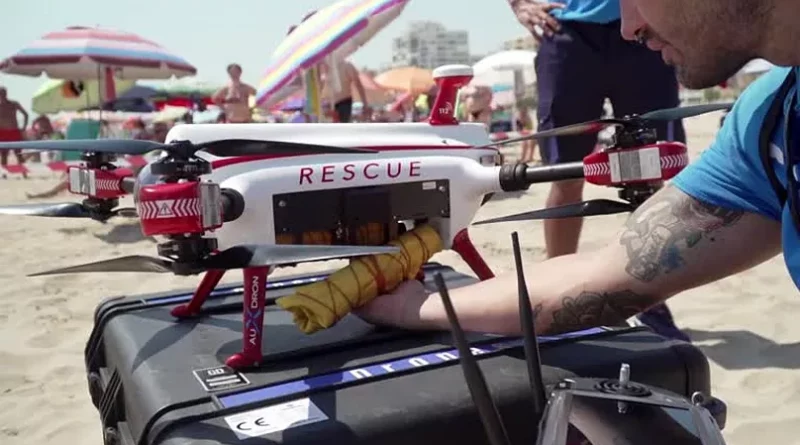The Future of Lifeguarding: How AI and Drones Are Changing Water Rescue
Lifeguarding has long been a critical profession, ensuring the safety of swimmers in pools, lakes, and oceans. Traditionally, lifeguards rely on their keen observation, quick reflexes, and rigorous training to prevent drowning incidents. However, as technology advances, artificial intelligence (AI) and drones are revolutionizing water rescue operations, making them faster, more efficient, and potentially life-saving. This article explores how AI and drones are reshaping the future of lifeguarding.
1. AI-Powered Surveillance Systems
AI has significantly improved surveillance capabilities, allowing for real-time monitoring of aquatic environments.
- Automated Drowning Detection: AI-powered cameras use algorithms to detect abnormal movements in the water, such as distress signals or struggling swimmers. These systems alert lifeguards immediately, reducing response times.
- Facial Recognition and Crowd Monitoring: AI can identify individuals who may be at higher risk, such as young children or inexperienced swimmers. It can also track overcrowded areas where accidents are more likely to happen.
2. Drones for Aerial Surveillance and Rescue
Drones are becoming an essential tool for lifeguards, offering an aerial perspective that enhances situational awareness.
- Rapid Deployment: Unlike traditional methods, drones can quickly reach remote or hazardous areas, providing a crucial advantage in emergencies.
- Live Streaming and Communication: Equipped with high-resolution cameras, drones can relay real-time footage to lifeguards, helping them assess the situation before taking action.
- Emergency Floatation Devices: Some drones can drop life-saving flotation devices to struggling swimmers, providing immediate assistance before lifeguards arrive.
3. AI and Machine Learning for Predictive Analysis
Predictive analytics is transforming water safety by preventing incidents before they occur.
- Weather and Tide Prediction: AI can analyze weather patterns and ocean currents to warn lifeguards about potential hazards, such as rip currents or incoming storms.
- Risk Assessment Models: By studying historical data, AI can predict high-risk periods and locations, allowing for better resource allocation and preparedness.
4. Robotic Lifeguards and Autonomous Rescue Vehicles
Innovations in robotics are introducing autonomous water rescue devices that can supplement human lifeguards.
- Self-Driving Rescue Boats: These AI-controlled boats can navigate through waves to reach distressed swimmers faster than human rescuers.
- Underwater Drones: Designed for deep-water rescues, these robotic systems can locate and assist drowning victims below the surface where human lifeguards may struggle to reach.
5. Wearable Technology for Swimmers
The integration of AI in wearable devices is enhancing personal water safety.
- Smart Swimwear and Wristbands: These wearables can monitor a swimmer’s vitals, detect prolonged submersion, and send distress signals if necessary.
- GPS and Tracking Systems: Advanced tracking systems help lifeguards locate missing swimmers, especially in open water environments.
6. Challenges and Ethical Considerations
While AI and drones offer many advantages, their adoption also presents challenges.
- Privacy Concerns: Surveillance systems must balance safety with individuals’ privacy rights.
- Dependence on Technology: Lifeguards must still be trained to act independently in case of system failures or limitations.
- Cost and Accessibility: Advanced technology may not be affordable for all aquatic facilities, creating disparities in water safety measures.
Conclusion
The future of lifeguarding is evolving with AI and drones playing an increasingly vital role in water rescue. These technologies enhance monitoring, prediction, and response capabilities, ultimately improving swimmer safety. While challenges remain, the integration of AI-driven tools with human expertise holds great promise for reducing drowning incidents and making aquatic environments safer for everyone.



